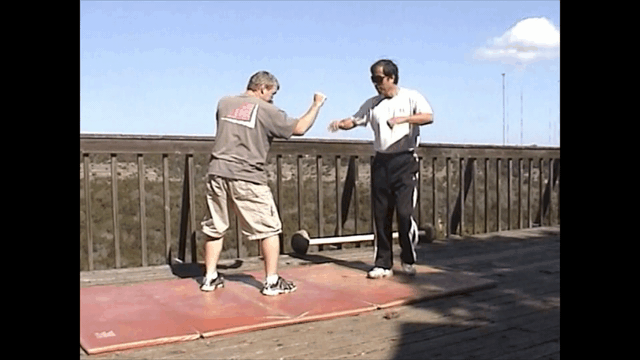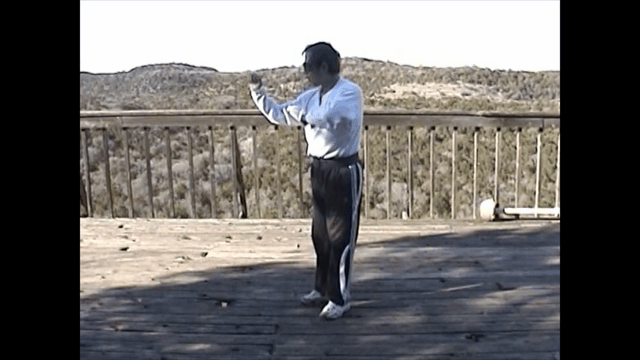...Katas are to martial arts what leeches and blood letting were to medicine: crap that people mistook for gold.
Ironically, even this opening statement is controversial and not the "ironclad truth" you presume it to be. The use of leeches is making a comeback in some medical circles. My dad and uncle were surgeons, and I don't think they would have been big on the idea, but science demands investigation. Check out this paper from the NIH library of medicine for yourself:
Hematophagous animals including leeches have been known to possess biologically active compounds in their secretions, especially in their saliva. The blood-sucking annelids, leeches have been used for therapeutic purposes since the beginning of ...

www.ncbi.nlm.nih.gov
You don’t need katas to pass on or train a martial art. It is a waste of time that could be spent on something useful: kihon, partner drills, sparring, hitting bags or pads, conditioning…
Some arts are more about tradition and patterns, others more about actual self defense, combat, or competition. You may
not need katas or forms for defense, fighting or competition, and maybe that's all
you care about, but that is not what
all martial arts are about.
You don’t see soccer or tennis players practicing an imaginary game with an imaginary ball, imaginary opponents, an imaginary net etc.
At the really basic levels
you do see people practicing solo... you know things like their tennis, golf, baseball swing, etc., then honing it working on a backboard, the batting cage or driving range. Your coach doesn't just make a correction and send you back out in the game! Skill an good form takes repetition to develop and internalize.
Looking for something beautiful? Consider dance, ballet or ice skating.
...or kata/forms?
Katas are still present in quite a few martial arts because of a useless tradition. And IMHO people defending them have just been brainwashed into believing they are the core or something useful of their martial art. Or maybe they cannot admit that they have wasted so much time and energy on something so useless. Those who can or realize probably drop the martial art and move on to something more hands on.
Personally, I am not a huge fan of forms, and I think they are of limited value in training for sparring, competitive fights, bar brawling, and/or self-defense. But as far as their history and practice in the martial arts and their value in preserving and transmitting the character of the art? ...Well, let me put it this way: Your "IMHO" is severely lacking in the "H" category!



